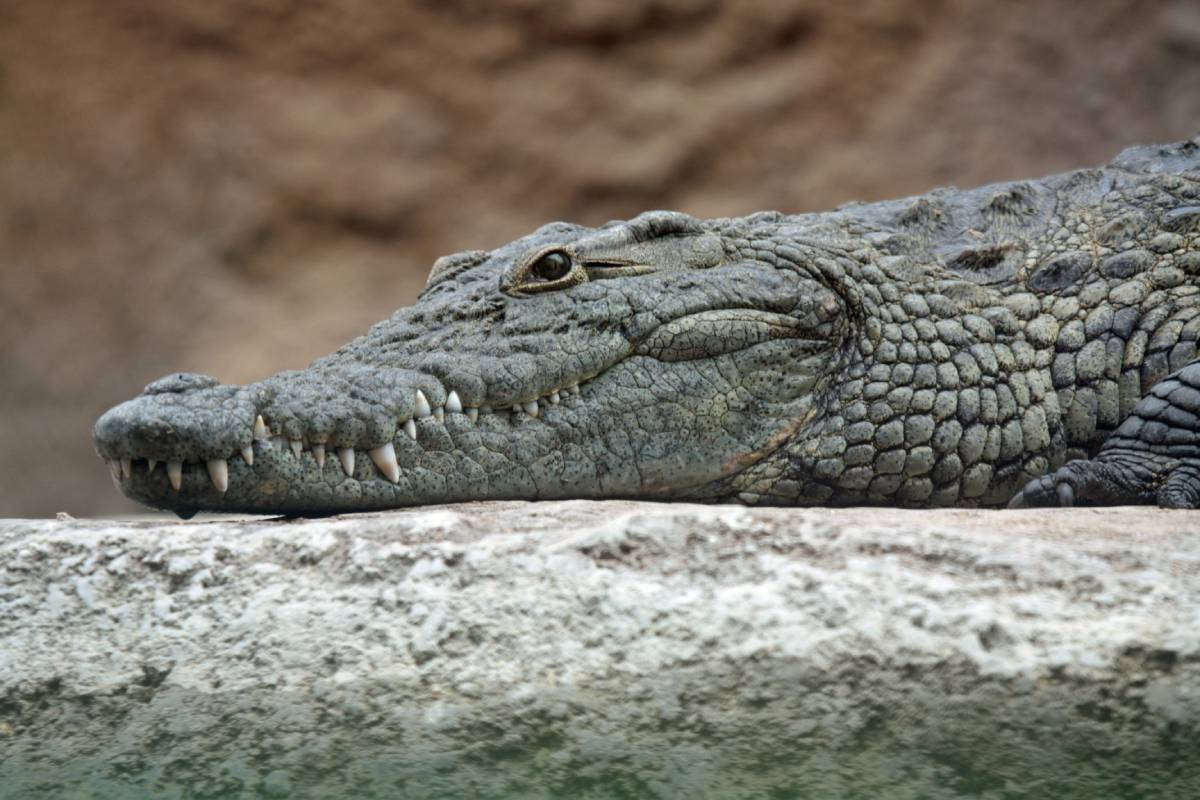HC notice to Odisha govt on removal of chairperson, members of women panel
The Department of Women and Child Development which conducted the performance review of the chairperson and members had found the Commission's performance unsatisfactory.
Candidates in the fray for the simultaneous twin polls in coastal patches of Odisha’s Kendrapara district are contending with altogether a different humanitarian issue as they are on campaign trail to seek votes.

Crocodile (representation image)
Candidates in the fray for the simultaneous twin polls in coastal patches of Odisha’s Kendrapara district are contending with altogether a different humanitarian issue as they are on campaign trail to seek votes.
As the villages lying on the close proximity of Bhitarkanika wildlife sanctuary are bearing the brunt of crocodile menace with reptiles killing and injuring humans at will, voters here confront the politicians seeking answer on measures for end to the ongoing man-crocodile conflict.
For the people living on the fringes of the wildlife-inhabited forest and crocodile-infested water-bodies, life has turned into a hell. Stepping into water invites threat to life. Cultivating in agriculture fields is also a risky proposition as crocodiles stray into waterlogged fields. Crocodiles have dealt blow both to life and livelihood with farming remaining the principal income source.
Advertisement
“For the authorities, human lives are less precious than the animals. Estuarine crocodiles are unleashing terror in water-bodies and creeks. The forest officials are keen on ensuring safety of animals, not the humans”, says Balaram Das, a resident of Rangani village under Rajnagar Tehsil, going to polls on 1 June.
”We are scared to go to croplands. Crocodiles have killed farmers in the past. In some of the areas, farmers have stopped paddy cultivation as fields get waterlogged during monsoon and turn into temporary habitats of crocs,” he added.
Like Das, several villagers in the croc-infested areas spoke on the same line saying that these reptiles have made life miserable for forest-side villages.
”To take a bath at river ghat is like risking one’s life. People are getting killed at regular intervals. Around a dozen people were killed by rampaging crocodiles in the last one year. The insensitive government agencies dole out Rs 4 lakh ex-gratia to legal heirs of the deceased and close their eyes to this grave croc-man conflict,” said Pratosh Giri, another villager from Sanatubi village.
”It is election time. The candidates are being asked for a remedy or solution for our plight. They only offer lip service as they have been doing since the crocodile conservation project was launched here in mid-seventies,” said a local of Ayatana village, Kipal Sahu.
”The forest department has initiated a series of measures to save human and domesticated animals’ lives from preying crocs. Around 50 riverside spots were identified as danger zones because of frequent sightings of reptiles in these places. Warning has been issued to people to avoid these troubled water zones. The bathing ghats which have become vulnerable due to croc intrusion have been barricaded. Service groups have also been pressed into service to drive away crocs from places of human habitation,” said Assistant Conservator of Forest , Rajnagar Mangrove (wildlife) Forest Division, Manas Dash.
As many as 1,811 salt-water crocodiles were counted this year along the water-bodies of Bhitarkanika river system and Mahanadi deltaic region while the census figure recorded last year stood at 1793.
Estuarine crocodiles are also found in West Bengal’s Sundarbans, having the country’s largest mangrove cover. Besides the mangrove wetlands in Andaman Islands are home to these species, but those cannot match the density and population of crocodiles sighted in wild habitats of Bhitarkanika.
In 1975, the ministry of Forest and Environment in collaboration with the United Nations Development Programme had started the crocodile breeding and rearing project in the Bhitarkanika Park.
Advertisement